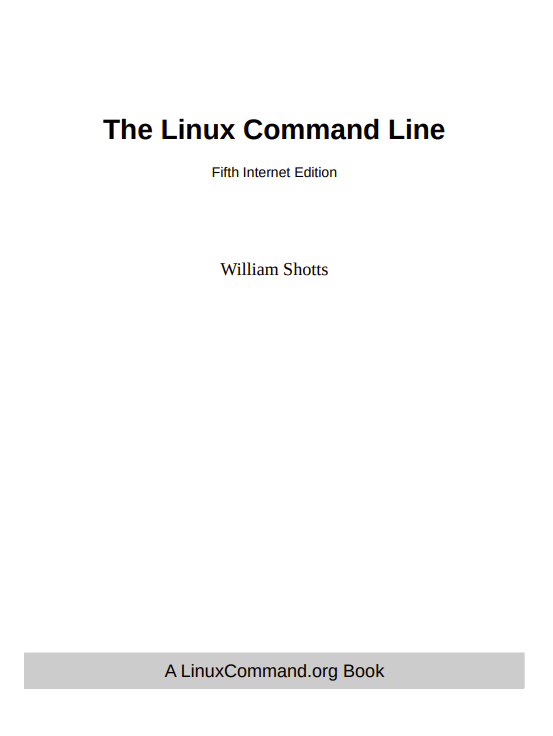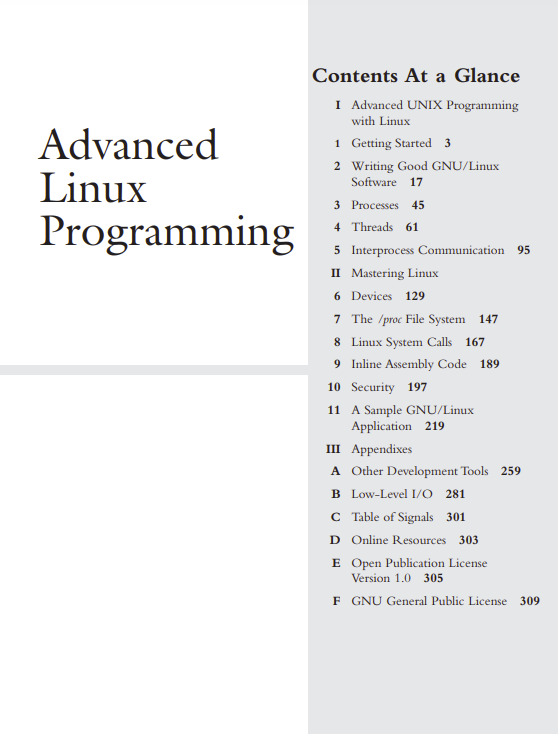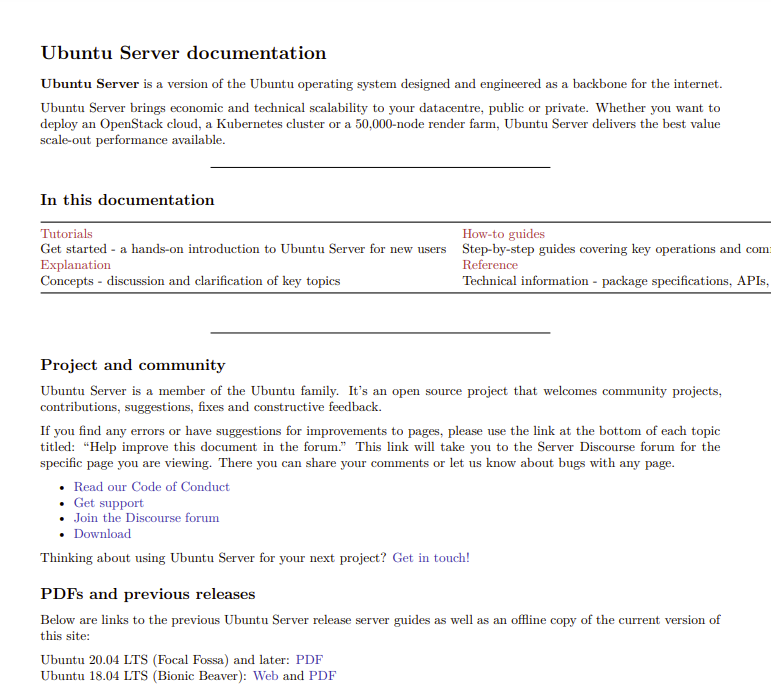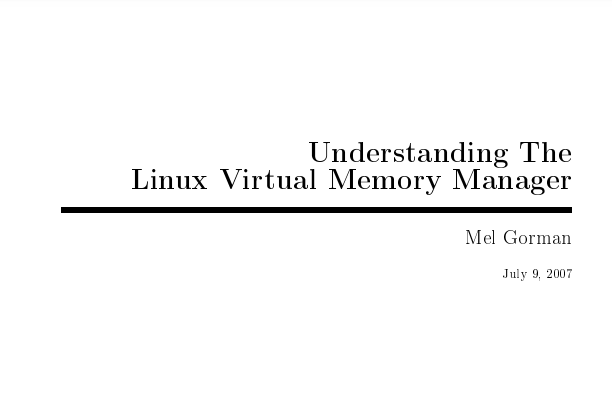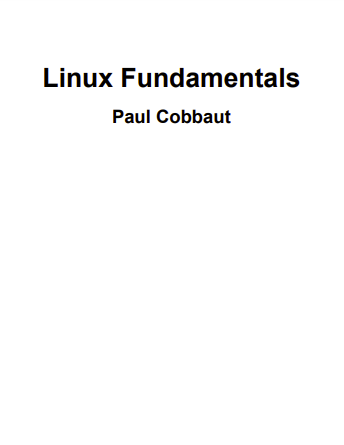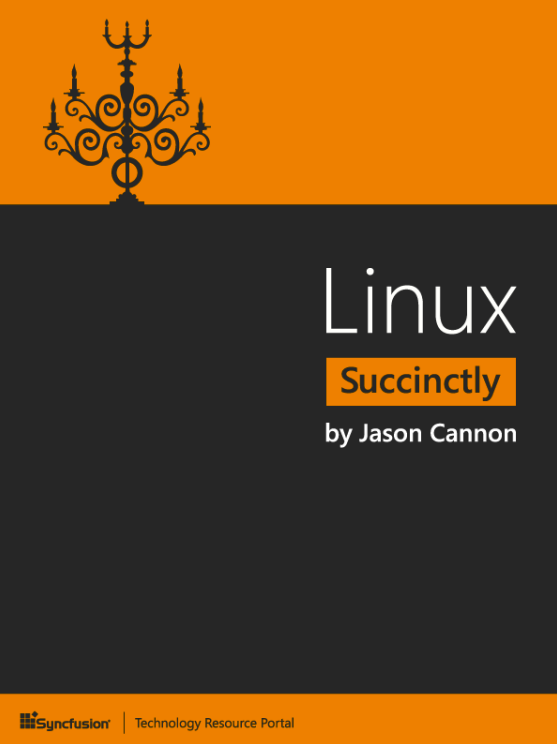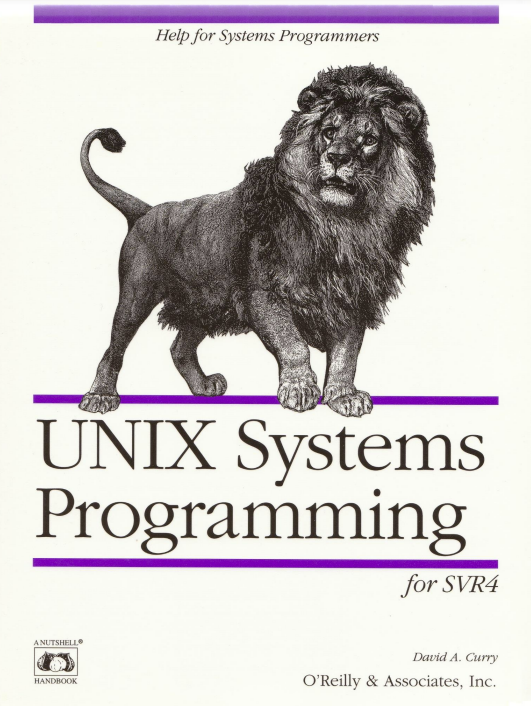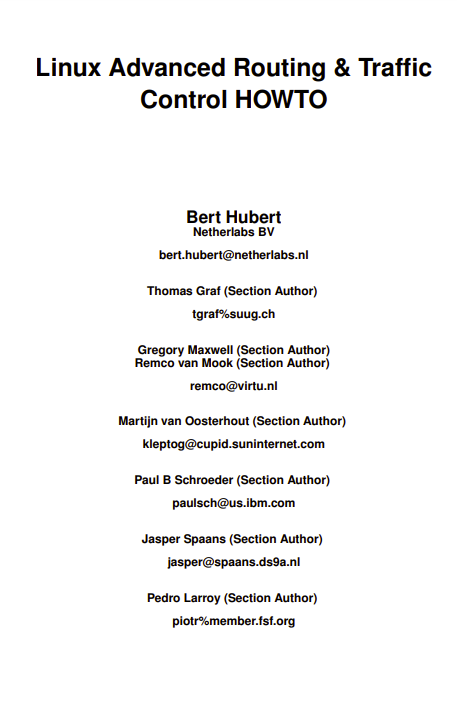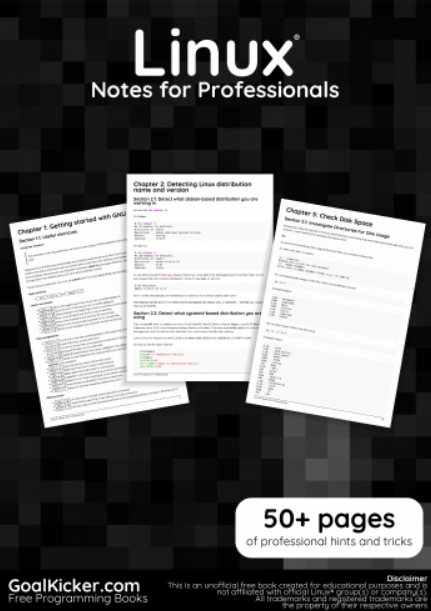Introduction
I want to tell you a story.
No, not the story of how, in 1991, Linus Torvalds wrote the first version of the Linux kernel. You can read that story in lots of Linux books. Nor am I going to tell you the story of how, some years earlier, Richard Stallman began the GNU Project to create a free Unixlike operating system. That’s an important story too, but most other Linux books have that one, as well.
No, I want to tell you the story of how you take back control of your computer.
When I began working with computers as a college student in the late 1970s, there was a revolution going on. The invention of the microprocessor had made it possible for ordinary people like you and me to actually own a computer. It’s hard for many people today to imagine what the world was like when only big business and big government ran all the computers. Let’s just say, you couldn’t get much done.
Today, the world is very different. Computers are everywhere, from tiny wristwatches to giant data centers to everything in between. In addition to ubiquitous computers, we also have a ubiquitous network connecting them together. This has created a wondrous new age of personal empowerment and creative freedom, but over the last couple of decades something else has been happening. A few giant corporations have been imposing their control over most of the world’s computers and deciding what you can and cannot do with them. Fortunately, people from all over the world are doing something about it. They are fighting to maintain control of their computers by writing their own software. They are building Linux.
Many people speak of “freedom” with regard to Linux, but I don’t think most people know what this freedom really means. Freedom is the power to decide what your computer does, and the only way to have this freedom is to know what your computer is doing. Freedom is a computer that is without secrets, one where everything can be known if you care enough to find out.
Why Use the Command Line?
Have you ever noticed in the movies when the “super hacker,” — you know, the guy who can break into the ultra-secure military computer in less than 30 seconds — sits down at the computer, he never touches a mouse? It’s because filmmakers realize that we, as human beings, instinctively know the only way to really get anything done on a computer is by typing on a keyboard!
Most computer users today are familiar only with the graphical user interface (GUI) and have been taught by vendors and pundits that the command line interface (CLI) is a terrifying thing of the past. This is unfortunate, because a good command line interface is a marvelously expressive way of communicating with a computer in much the same way the written word is for human beings. It’s been said that “graphical user interfaces make easy tasks easy, while command line interfaces make difficult tasks possible” and this is still very true today.
Since Linux is modeled after the Unix family of operating systems, it shares the same rich heritage of command line tools as Unix. Unix came into prominence during the early 1980s (although it was first developed a decade earlier), before the widespread adoption of the graphical user interface and, as a result, developed an extensive command line interface instead. In fact, one of the strongest reasons early adopters of Linux chose it over, say, Windows NT was the powerful command line interface that made the “difficult tasks possible.”
